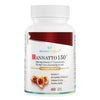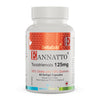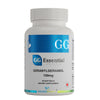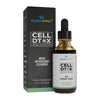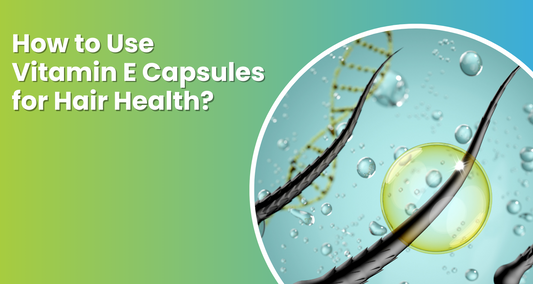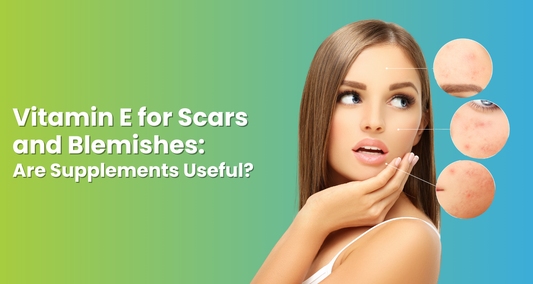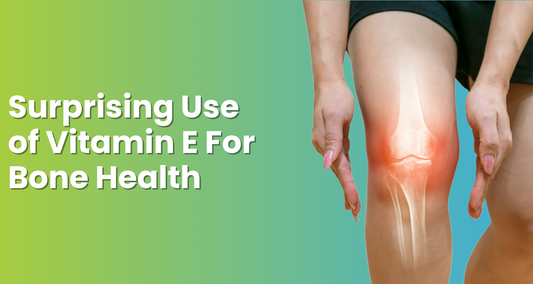Vitamin D is an essential nutrient that plays a crucial role in maintaining good health. From promoting strong bones and teeth to supporting the immune system, vitamin D impacts various bodily functions. While supplements are an option, natural sources are a better way to obtain this essential nutrient.
In this section, we will discuss the importance and good sources of vitamin D and why you should prioritize natural sources, such as food and sunlight, to prevent deficiency.
Key Takeaways
- Obtaining vitamin D from natural sources, such as food and sunlight, is crucial for your health
- Vitamin D promotes strong bones, teeth, and immune system function
- Good sources of vitamin D include foods such as fatty fish, cheese, and egg yolks.
- Sunlight exposure is an excellent way to boost vitamin D levels
- Finding a balance between diet and sunlight exposure is the best way to ensure optimal vitamin D levels
Understanding the Role of Vitamin D
Vitamin D, also known as the "sunshine vitamin," is a fat-soluble nutrient that plays a crucial role in bone health and the proper functioning of the immune and nervous systems. It is essential for the absorption of calcium and phosphorus, which are necessary for strong bones and teeth. Vitamin D also helps regulate cellular growth and supports muscle function.
The best source of vitamin D is sunlight. Our skin produces vitamin D when it is exposed to sunlight. However, it's important to balance sun exposure with the risk of skin damage and skin cancer.
If you don't get enough vitamin D from sunlight or your diet, you may be at risk of a vitamin D deficiency, which can lead to bone pain, muscle weakness, and an increased risk of fractures.
In the next sections, we will explore the Vitamin D food sources and how to balance your diet and sun exposure to maintain healthy vitamin D levels.
Vitamin D Sources in Food
While sunlight is an excellent source of vitamin D, it is not the only one. Several foods can help boost your vitamin D intake naturally. Here are some of the good sources of vitamin D:
Vitamin D Sources in Dairy Products
- Milk
- Yogurt
- Cheese
Many dairy products are fortified with vitamin D, making them an excellent source of this essential nutrient.
Fatty Fish
- Salmon
- Tuna
- Mackerel
Fatty fish are naturally rich in vitamin D, making them an excellent choice for those looking to boost their intake without relying on supplements.
Egg Yolks
- Whole eggs
Egg yolks are another natural source of vitamin D, making them a great breakfast option for those looking to boost their intake.
Mushrooms
- Shiitake
- Maitake
- Portobello
Certain species of mushrooms are a natural source of vitamin D, making them an excellent option for vegetarians and vegans.
By incorporating these vitamin D rich foods into your diet, you can help ensure that you are meeting your daily requirement of this important nutrient.
The Power of Sunlight for Vitamin D
Vitamin D is an essential nutrient that is synthesized in our bodies when our skin is exposed to sunlight. The best natural source of vitamin D is sunlight, and it is imperative to maintain optimal levels of this nutrient for healthy bones and teeth, and a robust immune system.
When UVB rays from the sun reach our skin, it triggers vitamin D synthesis. The ideal time for sun exposure is in the morning or late afternoon when the sun's rays are not as strong. It is recommended to expose your arms, legs, and face to the sun for about 10-15 minutes, two to three times a week, to ensure sufficient vitamin D synthesis.
However, it is crucial to balance the benefits of sun exposure with the risk of skin damage and cancer. Avoid prolonged sun exposure during peak hours, wear protective clothing, use sunscreen, and consult a doctor if you have a history of skin cancer or are at a higher risk.
Best Practices for Sun Exposure
- Expose your skin to the early morning or late afternoon sun.
- Avoid the midday sun when the UV rays are too strong.
- Expose your arms, legs, and face for 10-15 minutes two to three times weekly.
- Avoid prolonged sun exposure, wear protective clothing, and use sunscreen.
- If you have a history of skin cancer or are at higher risk, consult a doctor.
By incorporating natural sources of vitamin D such as sunlight and food into your daily routine, you can maintain optimal vitamin D levels and enjoy their health benefits. Keep the recommendations for sun exposure in mind and adopt a healthy and balanced vitamin D strategy for optimal health and well-being.
Balancing Vitamin D Intake through Diet and Sunlight
Obtaining vitamin D through both diet and sunlight is crucial for maintaining optimal levels of this essential nutrient. The best sources of vitamin D include foods high in vitamin D, such as fatty fish like salmon, fortified cereals, and dairy products like milk and cheese. Fruits and vegetables also provide some vitamin D but in smaller amounts.
Getting vitamin D from sunlight is equally important, but it's essential to practice safe sun exposure while doing so. Spending time outdoors during peak hours when the sun is strongest can help boost your vitamin D levels.
However, sunscreen, clothing that covers your skin, or staying in the shade can limit your sun exposure and the production of vitamin D. Striking a balance between obtaining vitamin D from food and sunlight can help keep your vitamin D levels in check.
The recommended daily intake of vitamin D varies by age, gender, and other factors, but adults generally need between 600 and 800 IU per day. Talk to your doctor about the recommended vitamin D intake for your specific needs and determine if you need a supplement to help boost your levels.
Remember, when it comes to obtaining vitamin D, your plate and the sun should be your first sources, not pills or supplements. By incorporating vitamin D rich foods into your diet and safely getting some sun exposure, you can ensure that your body is getting the vitamin D it needs to maintain good health.
Conclusion
Switching to natural sources of vitamin D can make a significant difference in your overall health and well-being. By incorporating vitamin D-rich foods such as dairy products, fruits, and vegetables, and optimizing sun exposure, you can achieve the recommended daily intake of this essential nutrient.
Remember, your plate and not your medicine should be the primary source of vitamin D. Strive to balance your vitamin D intake through a well-rounded diet and safe sun exposure practices. By doing so, you can maintain optimal vitamin D levels and reap the numerous benefits that come with it.
So, start incorporating good sources of vitamin D into your diet today and take a step towards a healthier tomorrow!
Frequently Asked Questions
1. What are some good sources of vitamin D?
A: Some of the best sources of vitamin D include fatty fish like salmon and mackerel, cod liver oil, fortified dairy products like milk and yogurt, and eggs. Mushrooms are also a natural source of vitamin D.
2. Are there any natural sources of vitamin D?
A: Yes, there are several natural sources of vitamin D. Besides sunlight, which helps our bodies produce vitamin D, some food sources rich in this nutrient include fatty fish, dairy products, eggs, and mushrooms.
3. Which foods are high in vitamin D?
A: Foods that are high in vitamin D include fatty fish like salmon and mackerel, fortified dairy products such as milk and yogurt, egg yolks, and certain mushrooms. Cod liver oil is also a concentrated source of vitamin D.
4. What are vitamin D sources in fruits and vegetables?
A: While vitamin D sources in vegetables and fruits are not typically high in vitamin D, some mushrooms can provide a small amount of this nutrient. It's important to note that most of our vitamin D intake comes from animal-based sources and fortified foods.
5. Are dairy products a good source of vitamin D?
A: Dairy products, especially fortified versions like milk and yogurt, can be a good source of vitamin D. Natural sources like cheese and butter, however, may contain lower levels of this nutrient.
6. How can sunlight be a source of vitamin D?
A: Sunlight triggers a process in our skin that allows our bodies to produce vitamin D. When our skin is exposed to ultraviolet B (UVB) rays from the sun, a form of cholesterol in our skin cells is converted into vitamin D.
7. Is it better to get vitamin D from food or sunlight?
A: Ideally, it's best to get vitamin D from a combination of both food and sunlight. While food sources provide a more reliable and consistent intake, sunlight is crucial for our bodies to naturally produce vitamin D. Striking a balance between the two is important for maintaining optimal levels.
Disclaimer: These statements have not been assessed by the FDA. The information contained within this page is for educational purposes only. It is not intended to replace the advice or attention of health care professionals.